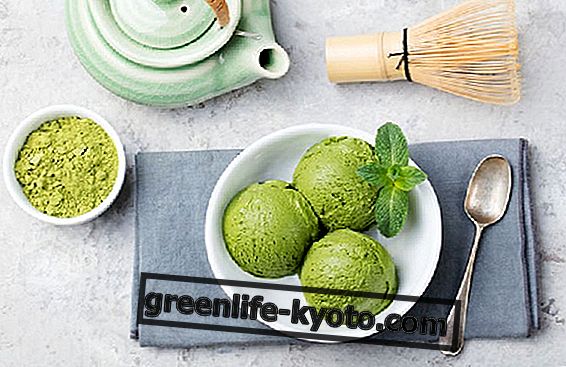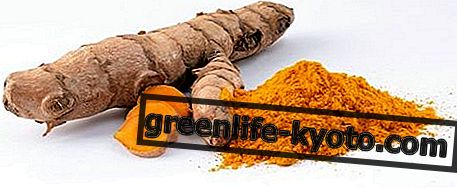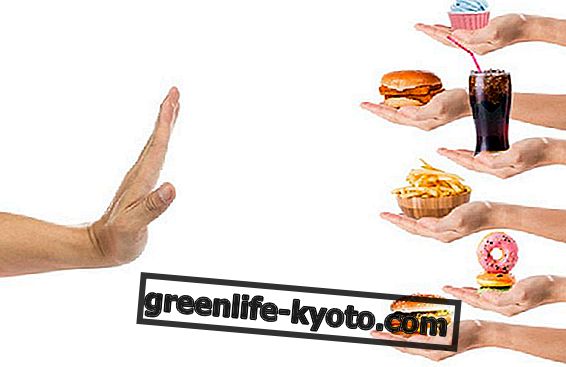
Celery, carrot, lettuce, potato, onion or spring onion, avocado, pineapple, ginger and others: wait for them to be used for the bucket of damp or to make compost for the garden or the garden.
Here is how you can make them reappear in the vase and then be used both in the kitchen and as a naturally decorative element of the house as the permaculture teaches.
More and more green, so as not to throw away leftovers ... bio!
Planting leftovers: let's start with celery
Be it green or white celery, cut it at the base, leaving the lower part that holds all the stems together and 3 or 4 centimeters of stems together. Then dip it in a deep dish filled with water, leaving it to
The lettuce in a jar for about a week, when you notice the first shoots appear in the center under the roots. Only after three weeks, change the water from time to time, it is possible to transfer the celery into a pot with soil, taking care to store it in a bright area inside the house or outside, but not in full sun.
Carrot and spring onions
Take the end of an organic carrot, the one where the leaves were placed, and cut about an inch of it. Then put it in a bowl with water, which doesn't cover it completely, and leave it like that for a week, changing the water a couple of times.
At some point, after about ten days, there will be some beautiful sprouts, ready to be replanted in long jars or plastic bottles full of soil. After a while, the seedlings will produce the seeds, which can be used to plant new carrots from scratch.
For the onions, place the discarded stems in a glass with water and wait for them to return, having them always available!
How to use fruit, vegetable and other peelings
The sprouting potato
Put an organic potato (untreated otherwise it will never sprout!) In a glass with water, half immersed and the other half in the air, resting it on the edge thanks to appetizers that you will have slipped on the three sides.
After a few days, the potato will begin to sprout, giving you a beautiful cascade of green leaves.
However, if your goal is the oven, cut the sprouted potato into thick slices and sow each slice in a pot with some soil, after having left it well air-dry for a couple of days.
The avocado seedling
It really is very simple, just take the big avocado core, pierce it with three toothpicks to hold it in the glass and place it with the tip upwards in a glass full of water.
When cracks appear, the first shoots will begin to appear. The most important thing is to leave it in a sunny environment, changing the water from time to time.
When the shoots reach about 10 centimeters, you can plant them in a pot with some soil, putting them in the sun as much as possible and keeping the soil well moist.
The tuft of pineapple in a jar
Take a pineapple, and after having tasted the pulp, cut the root into slices an inch thick, removing the green leaves.
Put these slices in a pot with some soil, cover and water every day for the first week, then once a week. It takes a lot of time to see the map, but consistency will reward you with great satisfaction!
Self-produced ginger root
And finally, the inevitable ginger. In a medium-sized jar put some soil with the bottom of the expanded clay, so as to better preserve the humidity. Then get some organic ginger and place it in the soil a few inches from the surface. It will be noted that as the seedling appears, the root grows and grows in size. Water it daily, but don't overdo it. After about 6 months the ginger can be harvested, keeping a couple of rhizomes to give away the new cycle.













